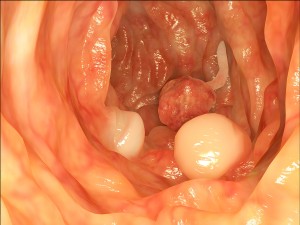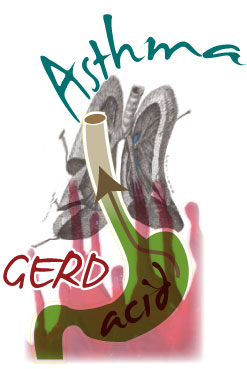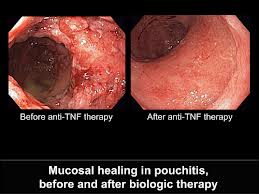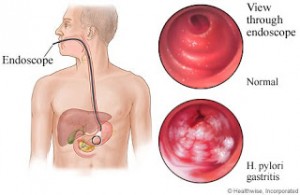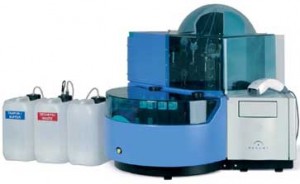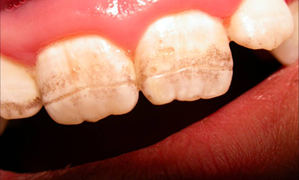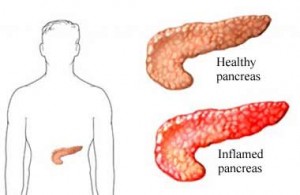Introduction
This article is about what we can do about superbugs. Several decades ago nobody talked about superbugs. Then came stories of “flesh-eating disease” or necrotizing fasciitis. Since 2001 it became obvious that these cases have become more common. Methicillin-resistant Staphylococcus aureus (MRSA) was often the underlying cause.
Antibiotics for weight gain in cattle
Government bodies accuse physicians of overprescribing unnecessary antibiotics for viral colds and flus. All physicians had to attend educational programs as part of the continuing education programs to use antibiotics only sparingly. But the frequency of these serious infections often requiring amputations and mutilating surgeries continued to escalate. Research into the phenomenon of increasing superbugs took place already in the 1970’s. In 1977 the FDA came to the conclusion that antibiotics were used widely in the US by the agroindustry for weight gain in livestock (pigs, cattle, chicken, turkeys). Although masked as protecting animals from infections, the real motivation of the farmer was to increase profits. The FDA recommendation in 1977 to change the practice of feeding livestock antibiotics did nothing to change that.
Farmers continued to use the old antibiotic feeding practice
After a court review in 2012 a New York court ordered the FDA to do something about the same problem. The answer was a lame recommendation of a voluntary program to downsize the use of antibiotics in livestock, requiring a vet and a prescription for antibiotics. The problem with this is that farms had no mandatory checks of livestock by trained inspectors. The ruling about antibiotic reduction contained no penalties for farmers who continued the old antibiotic feeding practice. Fast-forward to an American citizen who visited India recently as told in this story.
Superbugs are all over the world
It is clear that superbugs are all over the world. It is also clear from this article (and other literature I have reviewed) that 80% of today’s antibiotics are fed to livestock, not to treat infections, but because of their effect on weight gain in livestock and the associated larger profits. The result is that we are looking at farming practices that produce deadly superbugs. Next we are reading headlines about a recall of meat meat and meat products.
Here is an interesting list from the Environmental Working Group, which shows what percentage of meats in your neighborhood grocery store is contaminated, and these are the numbers for superbug contaminations: The worst is ground turkey with 81%, pork chops with 69%, ground beef with 55% and chicken breasts, wings or thighs with 39%.
Wash meat thoroughly
This shows how important it is to wash meat thoroughly and to cook it long enough to kill the superbugs. It is also extremely important to frequently wash your hands when you prepare meat. This avoids colonizing your skin surface with superbugs. The first step is for a person to have skin surface flora with superbugs. The second step is to get a small abrasion or a skin sore where a superbug can enter. The final step is that this bug multiplies under the surface of the skin and starts a serious infection. If the immune system is not in top shape to eradicate these bugs right away, the next step may be flesh-eating disease or toxic shock syndrome.
Solutions to stay on top of Superbugs
In northern Saskatchewan, one the provinces of Canada, an 8 year community based study was done to see whether it would be possible to reduce community-associated methicillin-resistant Staphylococcus aureus (CA-MRSA) by a combination of hand washing and education regarding appropriate antibiotic use. Using this program it was shown that in the time period of 2006 to 2008 the infection rates went down from 242.8 to 129.3 infections/10,000 population, which is almost half of the infection rate from before.
Hospital associated methicillin-resistant Staphylococcus aureus
What can physicians and nurses do about hospital-associated methicillin-resistant Staphylococcus aureus (HA-MRSA) and other superbugs in the hospital? In a hospital it is extremely important that HA-MRSA free patients do not get exposure to this superbug . Their immune system is already weak from the underlying disease. This is how they got into the hospital. At Stanford University a robot was developed that emits pulsating ultra violet light to kill any leftover superbug after the initial cleanup with scrubbing using bleach and germicidal solutions. Support staff treat the isolation rooms with the double treatment and robots disinfect the operating rooms overnight. So far tests have shown a complete eradication of the superbugs with these methods.
Breaking the chain of infection
Since about 2005 the major food production animals have been shown to be colonized with superbugs (MRSA) as this publication shows.
With 80% of the world’s production of antibiotics still going into the agroindustry for weight gaining purposes, it is high time that international “laws with teeth” apply. The WHO needs to get action in this and the public needs to put pressure on politicians to achieve this. Medical history has shown that infectious epidemics can be cured by breaking the chain of infection. In the example regarding superbugs the story of interrupting the chain of infection is exactly the same here: As shown in this study from Stanford University MRSA bugs are not contained in organic foods. So, by attempting to eat 100% organic, which can be challenging at times, you can intercept the infectious cycle involving MRSA and other Superbugs.
Attempt to eat mostly organic foods
You do not get exposed to the meat from food production animals treated with antibiotics for growth purposes. In the meantime, you are protecting yourself by keeping fit, taking vitamins and supplements all with the hope that the immune system stays strong from this. By eating organic meats and meat products you also keep your body free of toxins that would weaken your immune system and set you up for getting autoimmune diseases down the road.
The end result is that people who follow this example avoid colonization from exposure to superbug-infected meat products. At the same time this prevents exposure to other toxins that a manufacturer of organic food can not use. Here is a story of a company that produces meat products without antibiotics (organic meats).
Conclusion
You can interrupt the infectious cycle of superbugs by eating organic foods. Make sure your immune system is strong by exercising, supplementing with vitamins and minerals. Wash your hands with soap and clean water, particularly after handling meat or meat products. Do not take antibiotics for a long time unless there is a specific reason of bacterial infection that requires it. Do not consume meats from animals that were fed antibiotics. Read food labels!
References
1. Stick to organically grown meats: http://www.helpguide.org/life/organic_foods_pesticides_gmo.htm
2. Super bugs in hospitals: http://patients.about.com/od/atthehospital/a/hais.htm
3. Useful 2008 article : hand washing, reducing antibiotic use in humans and in animal feed are the solution to combat superbugs. http://evolution.berkeley.edu/evolibrary/news/080401_mrsa
Last edited May 25, 2013

